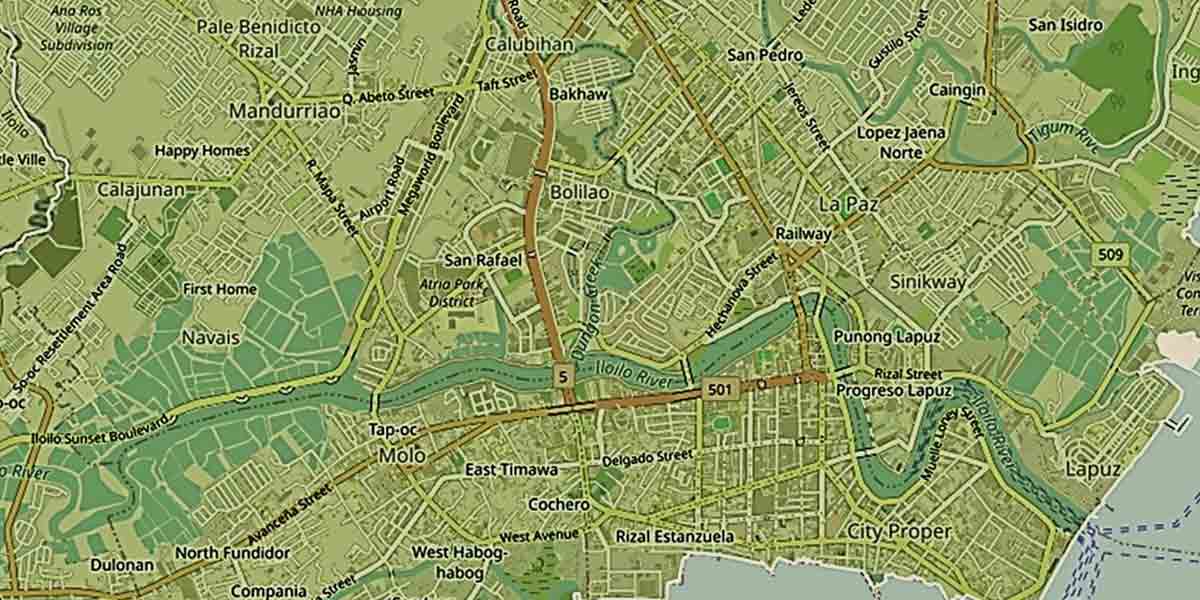By Mariela Angella Oladive
The employment situation in Western Visayas showed positive signs in the first quarter of this year, according to the latest data released by the Philippine Statistics Authority (PSA) Region 6.
As of April 2024, the region’s employment rate stood at 96.0 percent, reflecting a slight decline from 96.5 percent reported in January, but an improvement over the 95.7 percent employment rate recorded in April 2023.
“The latest results we have for April 2024 show that our employment rate reached 96 percent, compared to 95.7 percent last year, so we saw a 0.3 percent increase. This means that the first quarter this year is slightly better compared to last year. Overall, it’s a positive trend,” PSA 6 Senior Statistical Specialist Arleen Bagoning told Daily Guardian.
The number of employed persons in the region reached 3.406 million in April 2024, representing a decrease of 108,000 from the same period last year, though it is 19,000 higher compared to January 2024.
Bagoning explained that the difference between the employment rate and the number of employed persons varies with the Labor Force Participation Rate (LFPR) and is not directly proportional, much like the relationship between employment and unemployment rates.
As of April 2024, the LFPR in the region climbed to 62.4 percent, marking an increase from both January 2024 and April 2023. This represents 3.547 million out of the 5.685 million individuals aged 15 and older participating in the labor force.
The LFPR saw a 0.5 percentage point increase from January 2024’s 61.9 percent and a 3.3 percentage point rise from April 2023’s 65.7 percent.
The statistical officer also highlighted the impact of seasonal and economic factors, particularly in the agriculture sector, on employment trends.
“Our results are quarterly, and historically, during the ‘ber’ months, the employment rate tends to decline in an erratic manner. Typically, our top industry is agriculture, so events like El Niño have a significant impact, especially as seen this past April,” Bagoning remarked.
“We don’t have much data yet [due to the quarterly release], so what we have right now are primary indicators. But if we look at the unemployment rate in April this year and compare it to last year’s 4.3 percent, it has slightly decreased,” she added.
The unemployment rate in the region dropped to 4.0 percent in April 2024, a decline of 0.3 percentage points from the 4.3 percent recorded in April 2023.
However, this is an increase of 0.5 percentage points from the 3.5 percent reported in January 2024.
The number of unemployed individuals in the region was recorded at 142,000 in April 2024, a decrease of 16,000 compared to the same period last year.
But this figure also indicates an increase of 19,000 individuals compared to the 123,000 unemployed persons recorded in January.
Meanwhile, the region’s underemployment rate, which measures the percentage of employed persons seeking additional work hours or better jobs, showed slight improvement.
The rate slowed to 12.8 percent in April 2024, down from 13.0 percent in January 2024, though it represents a slight increase from the 12.5 percent recorded in the same period last year.
The number of underemployed persons stood at 454,000 in April 2024, a decrease of 5,000 compared to the same month last year, and 2,000 lower than the figure recorded in January 2024.
Bagoning explained that the underemployment rate doesn’t necessarily indicate a lack of stable job positions in the workforce.
Instead, it reflects the number of people who want to work additional hours on top of their regular jobs, often due to the need for extra income.





















